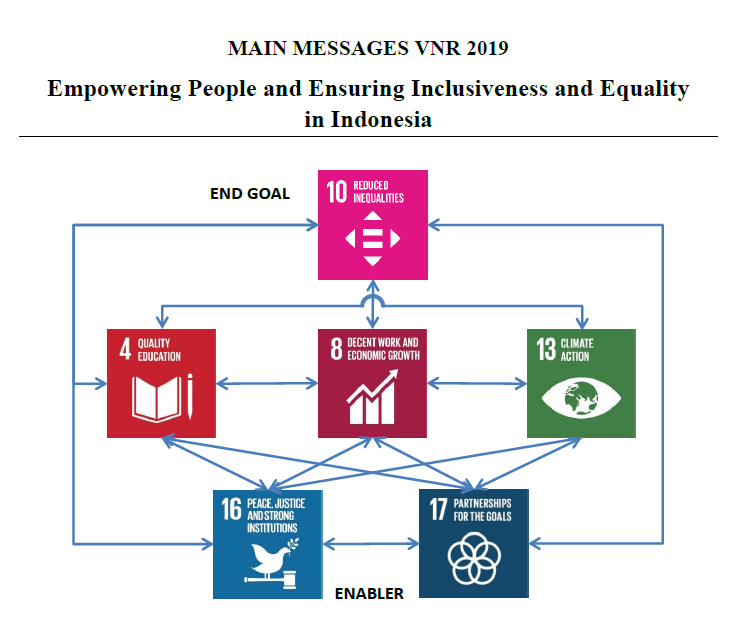 For the Republic of Indonesia, implementing national development agenda is implementing SDGs. The SDGs are institutionalized from the highest national level to subnational entities, and integrated in national and subnational development planning. This is a massive and collaborative endeavor between government and non-state actors designed to serve 264 million people – a third of which are children – comprising 1,300 ethnic groups across 17,000 islands.
For the Republic of Indonesia, implementing national development agenda is implementing SDGs. The SDGs are institutionalized from the highest national level to subnational entities, and integrated in national and subnational development planning. This is a massive and collaborative endeavor between government and non-state actors designed to serve 264 million people – a third of which are children – comprising 1,300 ethnic groups across 17,000 islands.
Indonesia is being successful in reducing inequality, complemented by sustained and inclusive economic growth and accountable governance. Poverty has been reduced to single digit for the first time in history, job opportunities and access to education increased at all levels, while GHG emission and disaster risks were reduced.
This VNR has been developed with inclusive approach and through online and offline consultations. Here is our story:
Inclusive and Consistent Economic Growth
• GDP grew consistently by 5% annually (2014-2018).
• In 2015-2018, unemployment rate decreased with lower female unemployment rate from 6.4% to 5.3%, and 9.38 million jobs were created.
• In 2014-2018, poverty rate decreased from 11.25% to 9.82% and Gini Ratio decreased from 0.414 to 0.384.
In 2014-2017, financial inclusion increased from 36% to 49%, with an increase of financial access for the poorest from 22% to 37%.

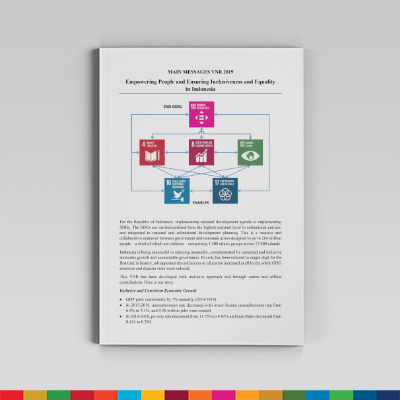
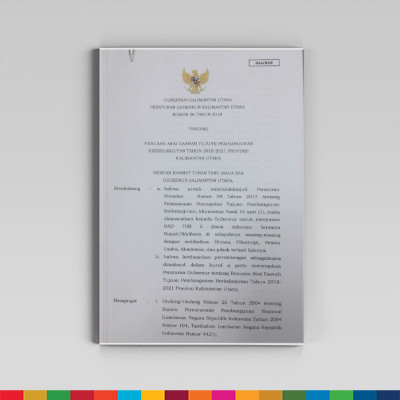
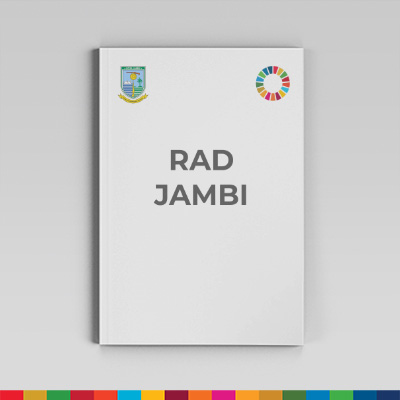
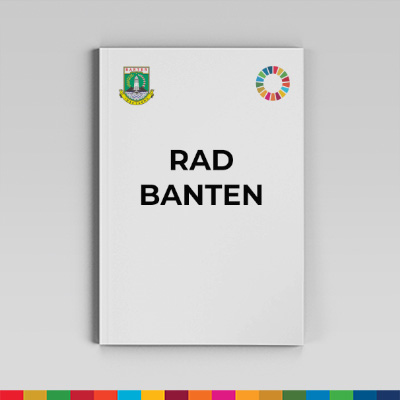
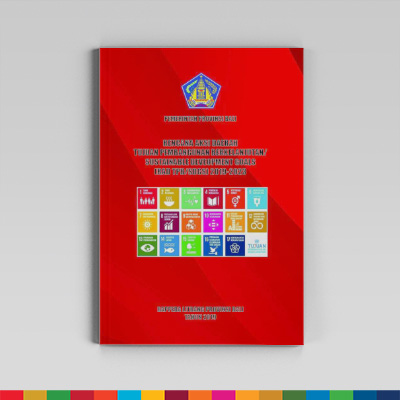
Reviews
There are no reviews yet.